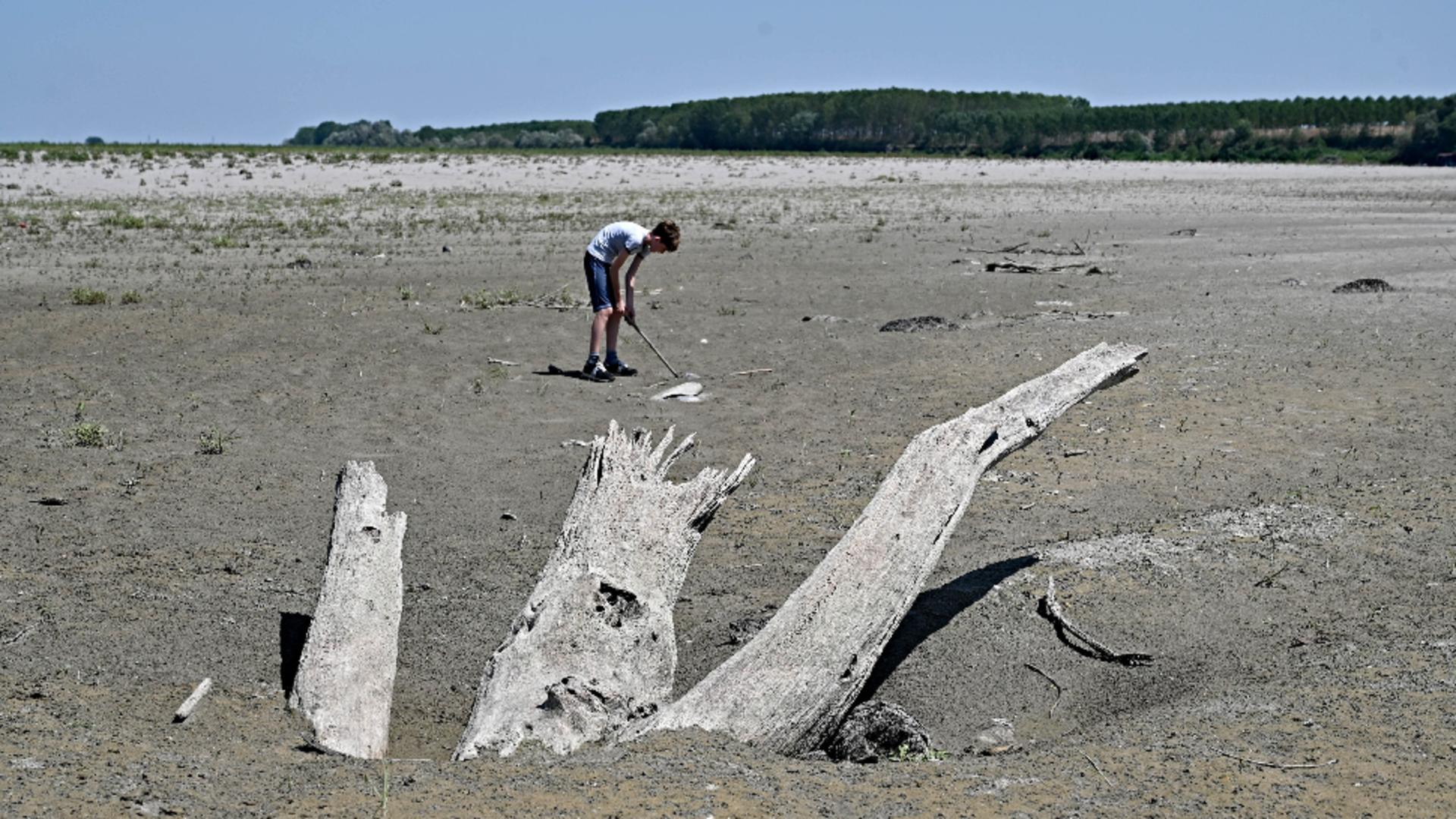Mike Johnson remembers the moment his life changed and the unlikely place it happened. He was at J.C. Penney in Montclair when he recognized a fellow shopper as Sam Maloof.
The famed woodworker, who spent most of his life in the Inland Empire, had made a rocking chair for President Jimmy Carter. Johnson nudged his wife: Look, it’s Sam Maloof. Go talk to him, Joanne urged.
Emboldened, Johnson, who had recently graduated from Cal State Long Beach in industrial arts, approached Maloof and introduced himself. The pair chatted. Maloof invited him up to the house. Johnson came over the next day.
“I went up on a Friday. He hired me on the spot. I started on Monday,” Johnson recalled.
That was in 1980. Johnson was among the half-dozen employees in Maloof’s small workshop, all of them turning out chairs, tables and desks alongside the master until Maloof’s death on May 21, 2009.
Fifteen years later, Johnson is still at work in Maloof’s studio.
Under the aegis of Sam Maloof Woodworker Inc., Johnson makes Maloof-branded items from Maloof’s old designs. The patterns hang on hooks along the walls with the clients’ names, including Carter’s.
“I can pull off designs from the wall from the 1950s,” Johnson told me.
Patterns on the walls of the Maloof workshop are marked with the name of the original client for whom the chairs were designed, including the one on top for President Jimmy Carter. The patterns date back to the 1950s. (Photo by David Allen, Inland Valley Daily Bulletin/SCNG)
Before his death, intending for his business to continue, Maloof incorporated his woodworking business with five officers. Three have dropped out. Now it’s only Johnson and Maloof’s second wife, Beverly.
The workshop is on the grounds of the Sam Maloof Historic Home and Discovery Garden, a nonprofit that is open to the public each Friday and Saturday. Maloof, who was born in Chino in 1916, lived and worked here. The hand-built home and workshop stand side by side.
They weren’t always in this spot, by the way. When the land Maloof and his first wife, Alfreda, had lived on since 1953 was needed for expansion of the 210 Freeway, the home and workshop were disassembled, trucked three miles and reassembled in 2000.
Today, some connected with the house and workshop remember him well.
Dennis Hayes, who met Maloof around the same time as Johnson and bonded over woodworking, is a docent for the home tours.
Larry White was hired as Maloof’s first employee in 1962 on what was envisioned to be a temporary basis that kept getting extended. He eventually left, then returned. At 81, he’s the foundation’s artist in residence and leads workshops.
“So far I’ve worked for Sam Maloof in various capacities for over 40 years,” White told me. “He was my mentor. He was just a real good human.”
I met the trio in February while shadowing a tour group who’d been bused in from Palm Springs Modernism Week. When I was back in April for a talk by author Michelle Dowd, I sought out Johnson for more conversation.
After all, he’s carrying on Maloof’s work directly.
Johnson and his son, Stephen, who’s 35, are a two-man shop, with Joanne handling the office. They produce 26 pieces of furniture a year, one every two weeks. Walnut rocking chairs start at $22,500.
“We’re still getting lots and lots of orders for new pieces,” Johnson said.
This furniture made by Sam Maloof has been repaired by Mike Johnson, pictured, in the Rancho Cucamonga workshop that was used by Maloof himself until his 2009 death. (Photo by David Allen, Inland Valley Daily Bulletin/SCNG)
The usual wait time of six to eight months has been pushed out farther, to fall 2025, because of a big order. Claremont McKenna College wants a 25-foot table and chairs to go with it.
Johnson, a quiet man with a boyish face, said he likes working with his son and carrying on Maloof’s legacy. Maloof resisted entreaties to expand or to sell his designs to a manufacturer to be mass-produced. Johnson likewise wants to keep things small.
“Sam was kind of a mentor,” said Johnson. “I could hire people and try to do more volume. But I can hear Sam in my ear saying, ‘Don’t do too much at once. Don’t get overextended.’”
The company also does repairs and restorations of Maloof furniture. And in recent years, Johnson has been buying Maloof pieces that seem undervalued, making repairs and selling them at market rate.
“We can turn them around for a very handsome markup,” Johnson said with a chuckle.
Johnson showed me a formerly sun-bleached rocking chair that he’s sanded down. The Maloof signature on the bottom dates the chair to 1995. Johnson had helped build it. Nearly 30 years later, he’s restoring it.
Mike Johnson bought this 1995 Maloof rocking chair at auction at a price he considered low. He sanded the sun-bleached chair down to the original wood to begin restoring it. (Photo by David Allen, Inland Valley Daily Bulletin/SCNG)
“From the very first year I went to work for Sam, we were doing repairs and restorations of Sam’s work,” Johnson said. “It’s on my mind because I got a scathing email two days ago from someone who thought I was ruining Sam’s work by restoring it.”
The chairs are considered art. One is in the Smithsonian. But Maloof made them to be used.
As for Johnson’s reproductions, they are marked as coming from Sam Maloof Woodworker Inc. with the year and a production number.
A few pictures in the studio office show Johnson and Maloof together in the early 1980s. Maloof, who’d started woodworking in his early 30s, was 65 when Johnson was hired.
“He was only halfway through his career,” Johnson marveled. “He worked until he was 93. I basically worked the second half of his career with him.
“This year I’m 65,” Johnson continued. “It’s very humbling because I can’t imagine working until I’m 93.”
More Maloof
Most of the original Maloof property in Rancho Cucamonga was plowed under for the 210 Freeway, but the sliver that remains was turned into public space named the Maloof Greenbelt. (Photo by David Allen, Inland Valley Daily Bulletin/SCNG)
I never saw the original site when Maloof lived there. All these years I’d assumed the entirety of it was gone.
Then in February, reader Dan Centurioni emailed me. “Wasn’t sure if you were aware of the Cedar of Lebanon that still stands where the original Maloof home was on Highland between Archibald and Amethyst,” he wrote. “There is a plaque there commemorating it.”
There is? A few weeks later, realizing I was in the neighborhood, I sought out the site, which is just above the 210 Freeway.
Related Articles
LA County Fair 2024: Rufino Tamayo art exhibit makes impression
LA County Fair’s Garden Railroad still chugging along after 100 years
Life in their 60s is ‘liberating’ and fulfilling, readers say
Home canning contest preserves kitchen tradition at LA County Fair
What’s left has been turned into a long, narrow pocket park with a walking path. A plaque calls it the Maloof Greenbelt and says the tree was “treasured” by Sam and Alfreda. The Cedar of Lebanon represented his Lebanese heritage.
This greenbelt is one of those little novelties that most of us don’t know exists. Now more of us do. Thanks, Mr. Centurioni.
David Allen writes Sunday, Wednesday and Friday, more little novelties. Email dallen@scng.com, phone 909-483-9339, like davidallencolumnist on Facebook and follow @davidallen909 on X.





